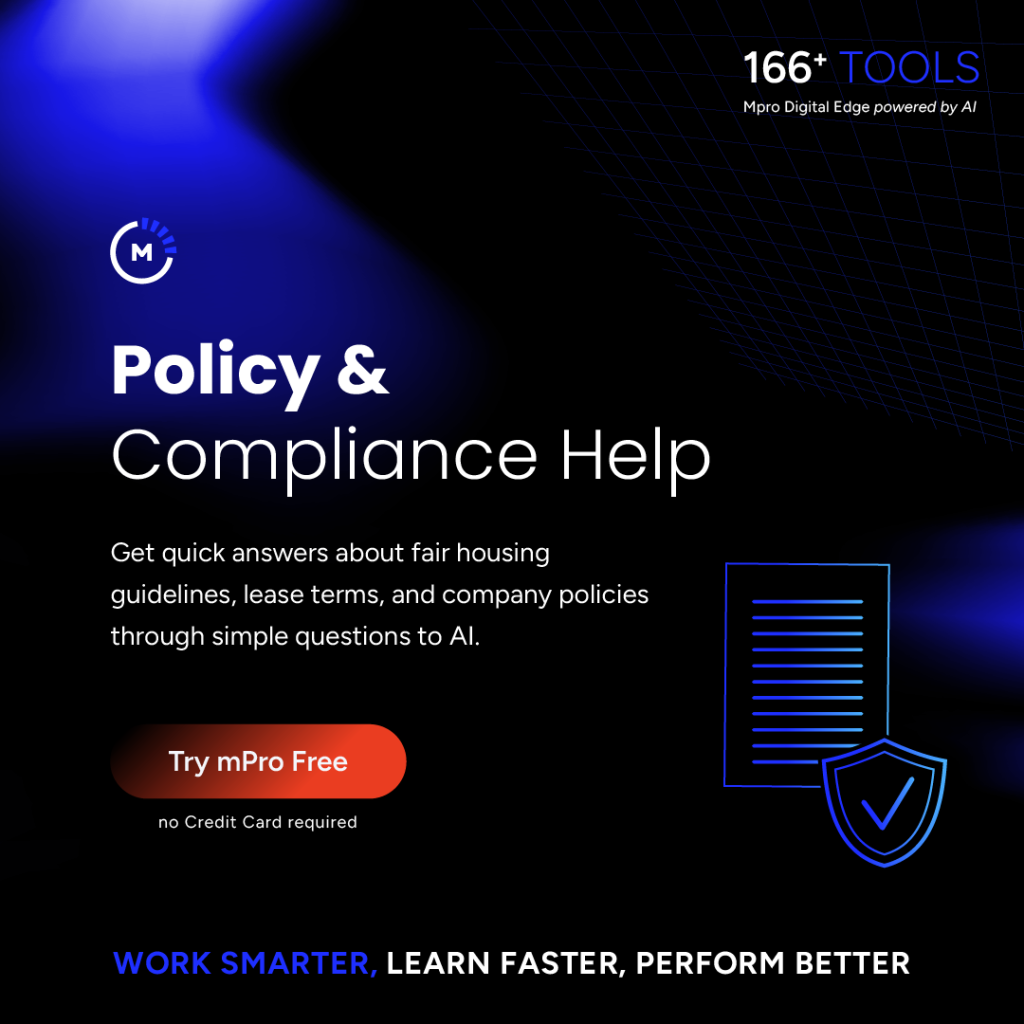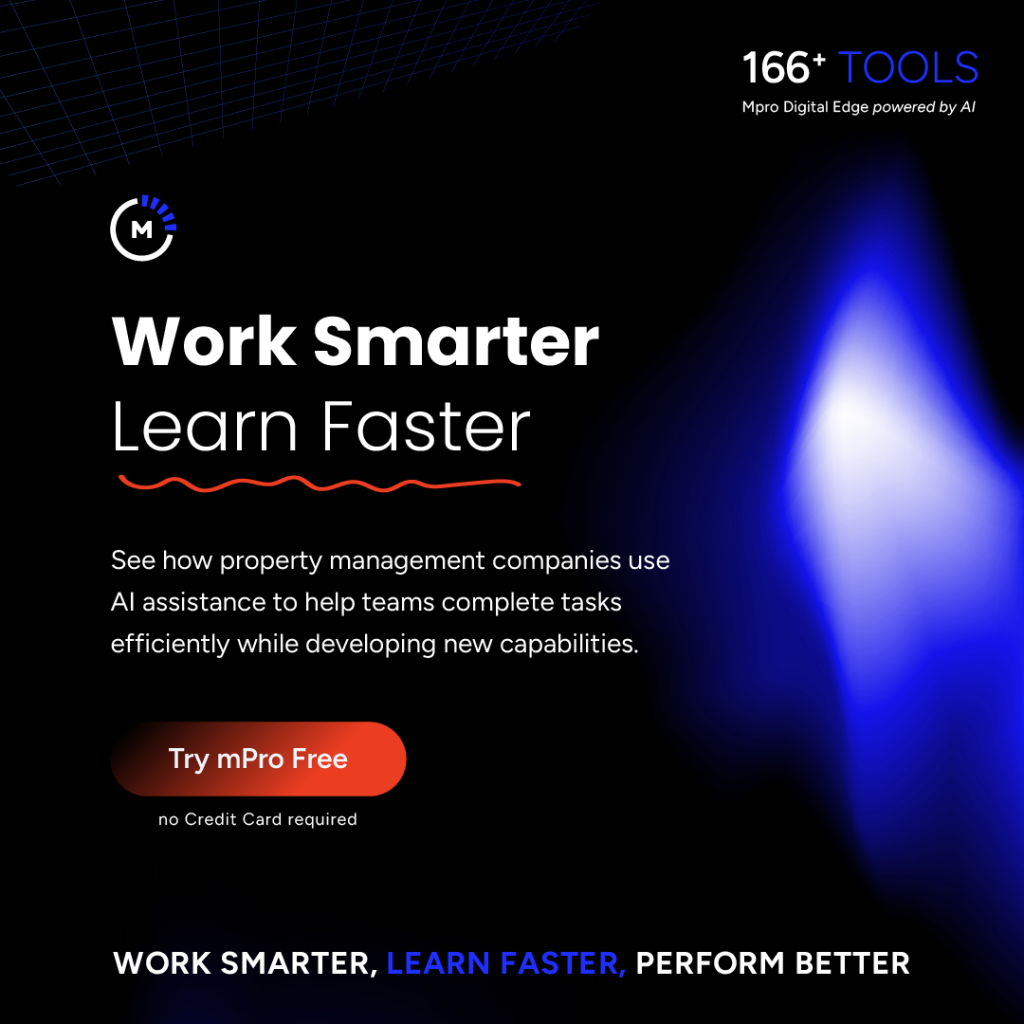Most U.S. renters move within five years, but they’re more likely to live in one home for the long haul than a decade ago.
One in six (16.6%) renters stayed in their home for 10 years or more in 2022, up from 13.9% a decade earlier.
One in six (16.4%) lived in their home for five to nine years in 2022, up from 14% a decade earlier.
The lion’s share of renters stay put for one to four years. Just over two in five (41.8%) stayed in their home for one to four years in 2022, up from 39.9% a decade earlier.
One-quarter (25.2%) of renters stayed in their home for 12 months or less before moving in 2022. That’s down from 32.2% in 2012.

Young renters more likely to move often than older renters
Gen Z renters are much more likely than renters of other generations to move within one year, while baby boomers are much more likely to live in their rental for 10-plus years.
More than half (55.5%) of Gen Z renters stayed in their home for 12 months or less as of 2022, and another 40.6% stayed for one to four years. Just under 4% of Gen Z renters have lived in the same place for five-plus years.
28.8% have lived in their home for 12 months or less, and 50.7% have lived there for one to four years. Roughly 20% stayed for five-plus years.
The lion’s share of Gen X renters (39.5%) stayed in their home between one and four years, while just 17.1% stayed for 12 months or less. Roughly 22% stay for 5 to 9 years, and another 22% stay for 10 years or longer.
Roughly one-third (32.9%) of baby-boomer renters have lived in their home for 10-plus years, and another one-third (32.2%) have lived there for one to four years. Just over one in five (21.5%) have lived in their home for 5 to 9 years, and 13.3% have lived there for 12 months or less.
Move-Out Guide: Creating A Property Manager's and Residents Handbook
Pre Move-Out (60-90 Days)
- Send lease renewal notifications with clear response deadlines
- Provide digital and physical move-out checklists
- Schedule preliminary unit inspections to identify potential issues
- Create a customized timeline for each resident's move-out
Notice Period (30-60 Days)
- Document receipt of move-out notice
- Schedule move-out inspection date and time
- Send detailed cleaning requirements and expectations
- Provide recommended vendor list (cleaners, movers, repair services)
- Begin pre-marketing the unit
Final Weeks
- Conduct pre-move-out inspection
- Document existing conditions with photos
- Share utility transfer/cancellation requirements
- Confirm final move-out date and inspection time
- Review lease requirements for security deposit return
Move-Out Day
- Complete detailed unit inspection with resident present
- Document all conditions with photos and videos
- Collect all keys, fobs, and parking permits
- Obtain forwarding address for security deposit
- Complete move-out condition report with resident signature
Post Move-Out
- Process security deposit within state-mandated timeframe
- Provide itemized list of any deductions with photos
- Update unit status in property management system
- Schedule necessary repairs and updates
- Document lessons learned for process improvement
60 Days Before Move-Out
- Review lease agreement for notice requirements
- Submit written notice of non-renewal
- Begin decluttering and organizing
- Research moving companies and get quotes
- Start documenting unit condition with photos
30 Days Before
- Schedule utility transfers/disconnections
- Book moving company or truck rental
- Begin packing non-essential items
- Address any maintenance concerns
- Request move-out inspection checklist
Two Weeks Before
- Deep clean or schedule professional cleaning
- Repair minor damage (nail holes, scuffs)
- Update forwarding address with USPS
- Schedule elevator use if needed
- Confirm move-out inspection time
Move-Out Week
- Complete final cleaning
- Remove all personal belongings
- Document final unit condition
- Attend move-out inspection
- Return all keys and access devices
Security Deposit Protection
- Take dated photos/videos of clean unit
- Keep all cleaning receipts
- Get written confirmation of unit condition
- Know state-specific deposit return laws
- Keep copies of all move-out documentation
Different states have varying requirements for:
- Notice periods
- Security deposit return timeframes
- Allowable deductions
- Documentation requirements
- Dispute resolution processes
Property managers should maintain current knowledge of local laws and incorporate them into their move-out procedures.
Implement digital solutions for:
- Move-out notifications and tracking
- Inspection scheduling
- Photo/video documentation
- Maintenance requests
- Security deposit processing
Move-Out Confirmation Email





















